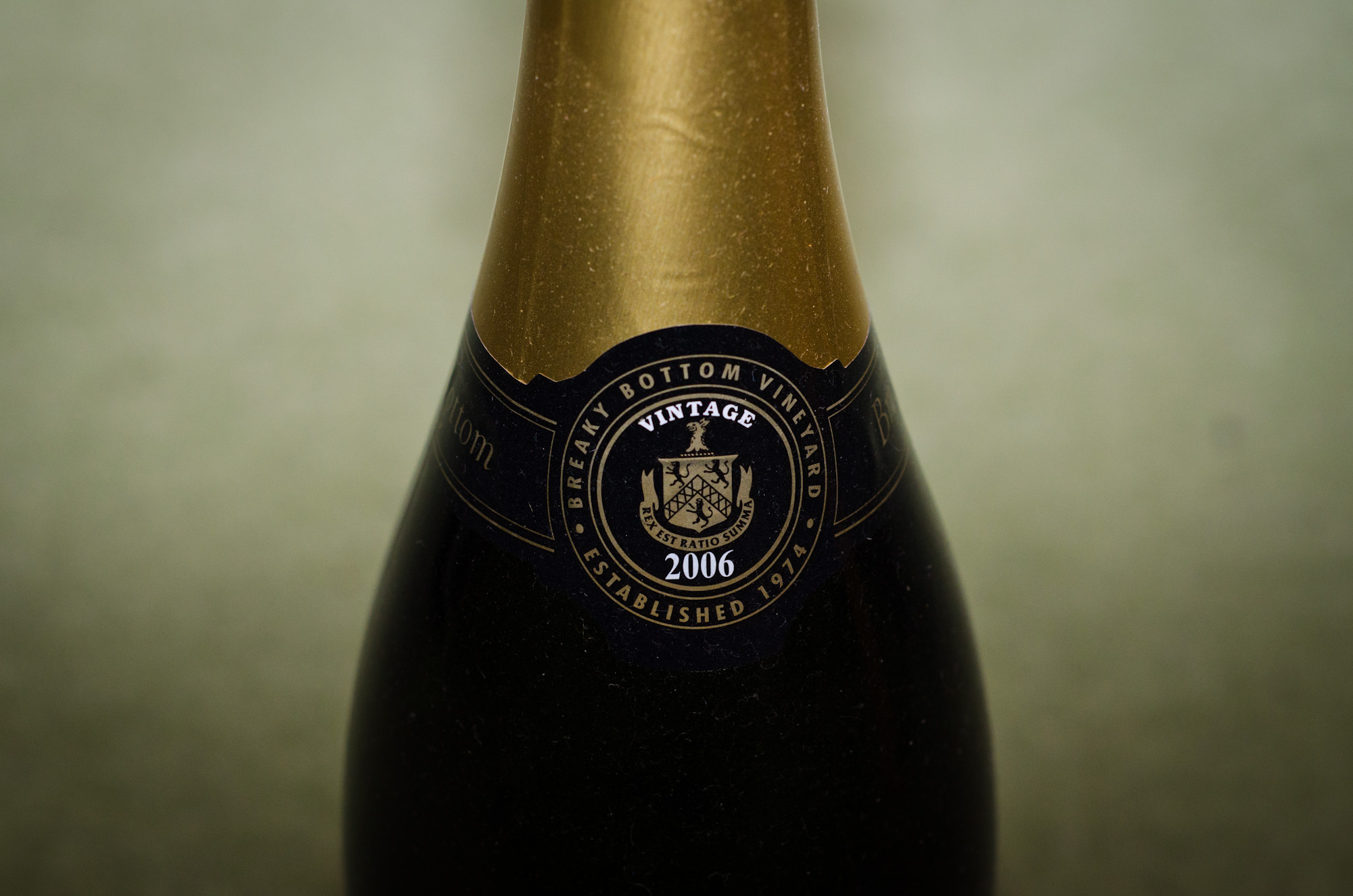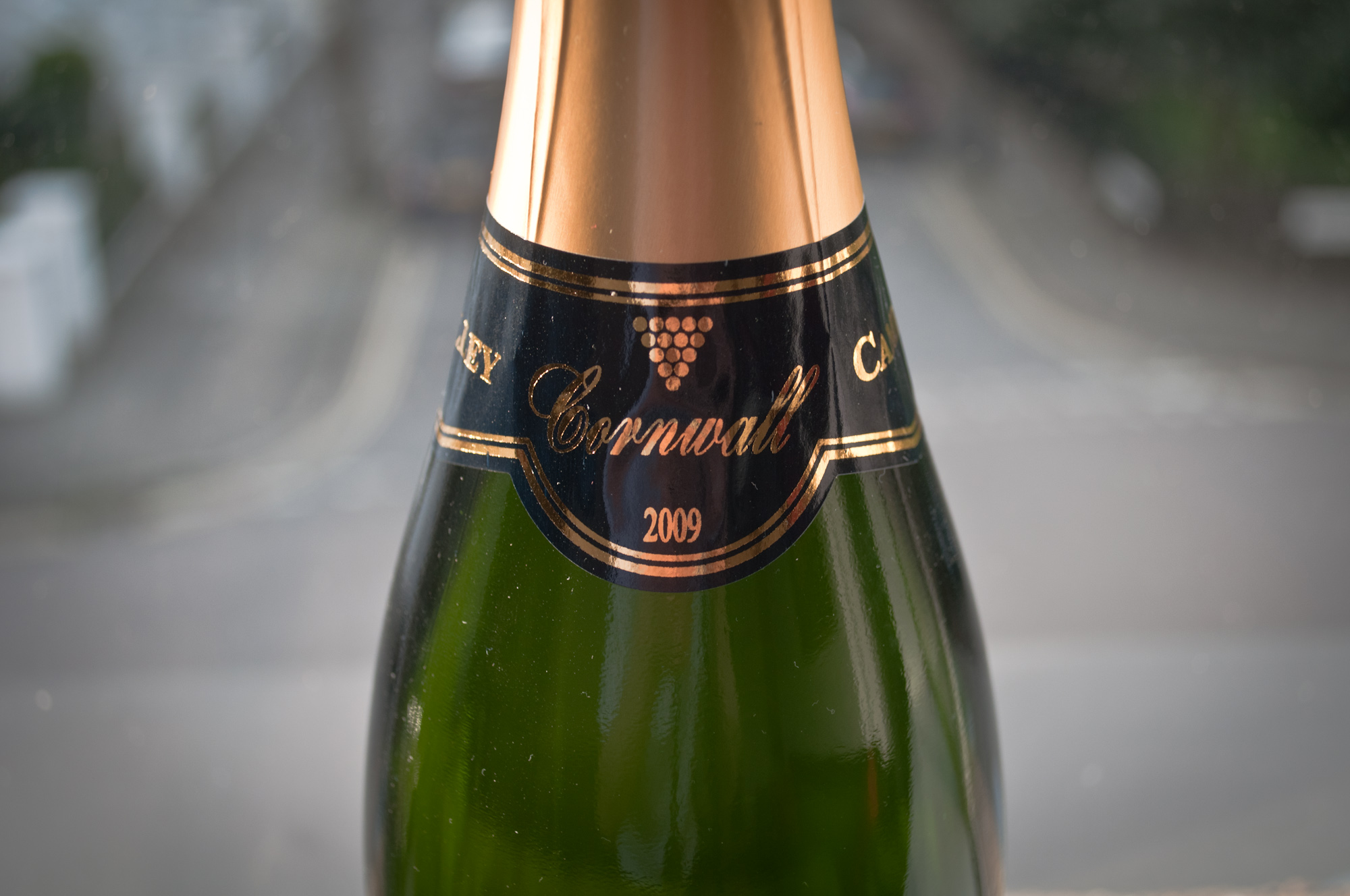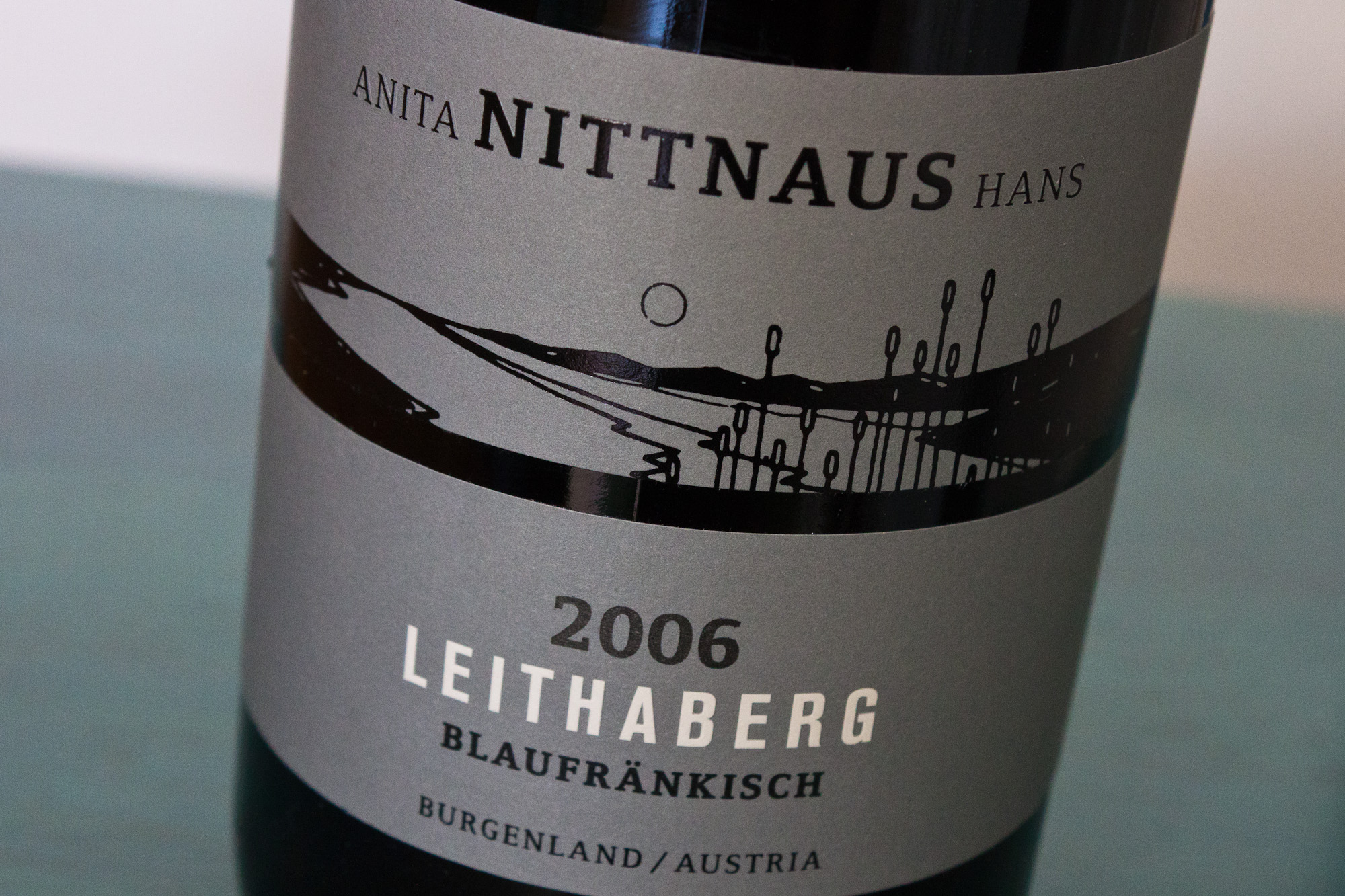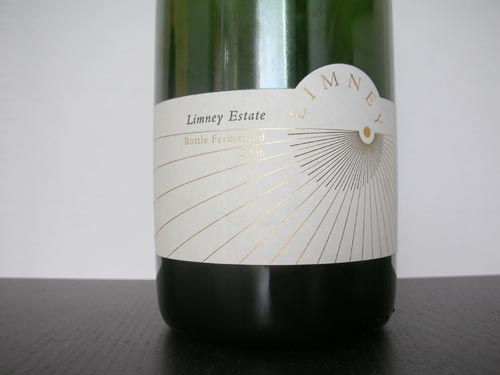Breaky Bottom, Cuvée Réservée Brut, 2006
There are not many things I like more than a bad pun. Good wine is among them, of course. During rare moments of hilarity, good wines and bad puns come together. This can be in an intentional way, for instance when Mosel winemakers Haart name a Riesling "Haart to Heart". Other brands are unintentionally funny. And then there are good wines with bad puns that really only exist in my mind: when I moved to England I learned that the polite word for "ass" is "bottom" - and now whenever I hear the East Sussex winery "Breaky Bottom" mentioned I cannot help but giggle.

What a "breaky bottom" looks like I'd rather not imagine, but whatever vision I may now have planted in your brain just forget it. Your are looking at a serious sparkling wine that is neither bottom nor breaky.



